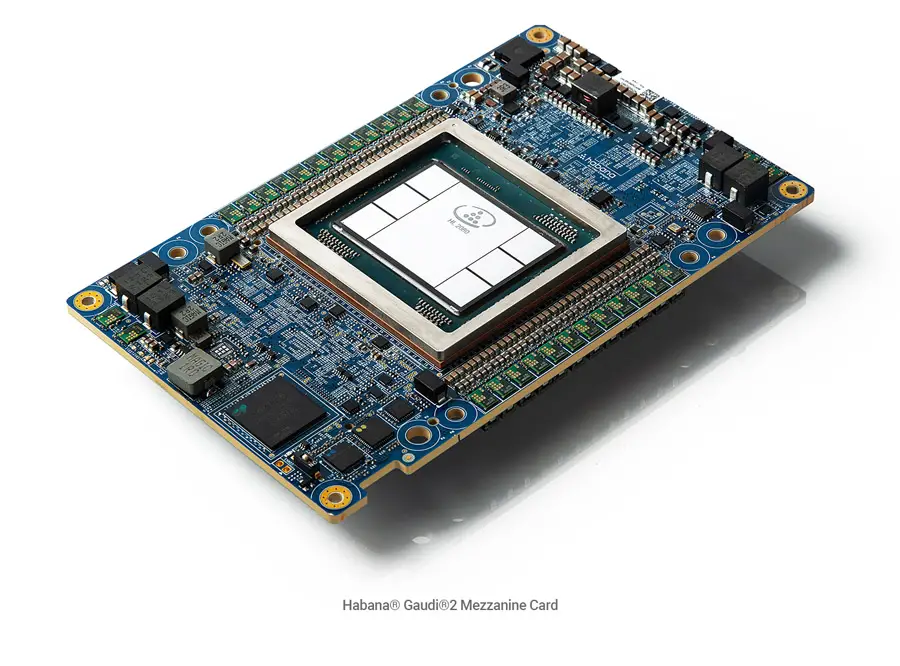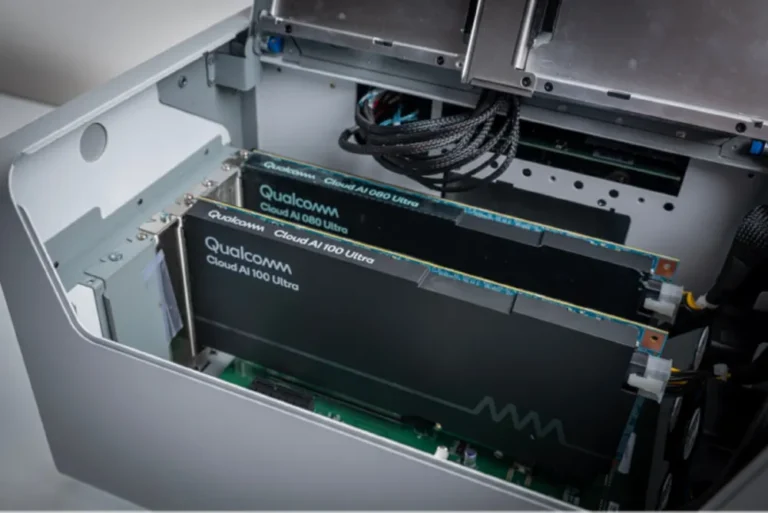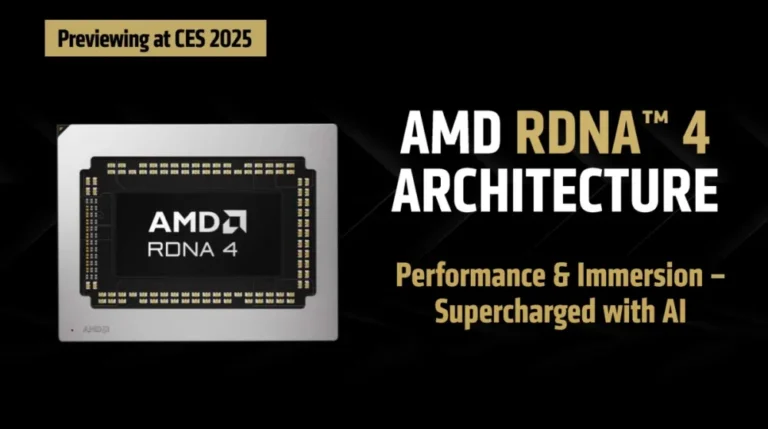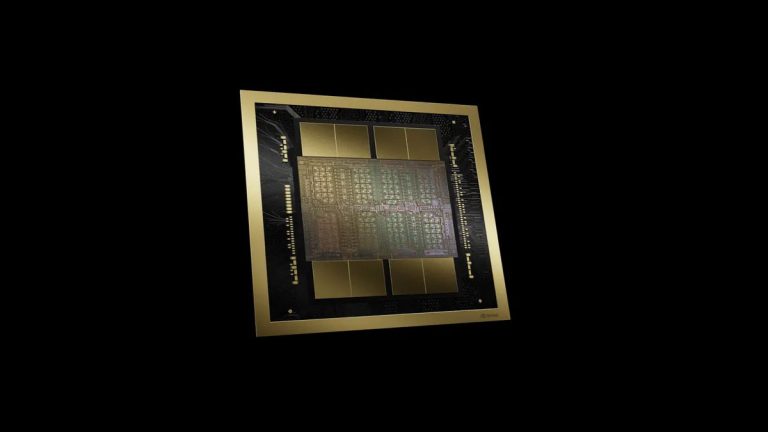
In 2023, Intel introduced the second generation of its deep learning chip, Gaudi 2, designed for AI training. Built on the efficient architecture of Habana Labs, it offers customers enhanced AI training performance for computer vision and natural language applications in data centers.
Compared to its predecessor, Gaudi, the new Gaudi 2 has seen several significant upgrades: its manufacturing process has advanced from 16nm to 7nm; the number of cores has increased from 8 to 24; memory and cache have been enhanced from 32GB HBM2 / 24MB to 96GB HBM2e / 48MB, with bandwidth improving from 1TB/s to 2.45TB/s; network connectivity has expanded from 10x100GbE to 24x100GbE; and the TDP has risen from 350W to 600W. Although Intel has introduced the newer Gaudi 3 this year, it has not completely supplanted Gaudi 2, with rumors suggesting that the latter is priced at only half of Gaudi 3.

According to Phoronix, Intel recently released new Linux patches indicating support for a new AI accelerator marked as Gaudi 2-D. While the patch does not provide extensive details about Gaudi 2-D, it uses the same code paths as Gaudi 2, implying that it is a revised version aimed at a specific user group.
Intel has long sought to expand the sales of its AI accelerators in the Chinese market by introducing more customized products. Reports suggest that Intel plans to bring Gaudi 3 to China, launching two customized products, HL-328 and HL-338. In contrast to the higher-priced Gaudi 3, Gaudi 2-D is likely positioned as an AI accelerator targeting the mid-to-low-end market.
Currently, NVIDIA dominates the majority of the AI chip market. If Intel aims to capture a larger market share in a short period, strategically targeting some of NVIDIA’s market gaps might be a more viable approach.


